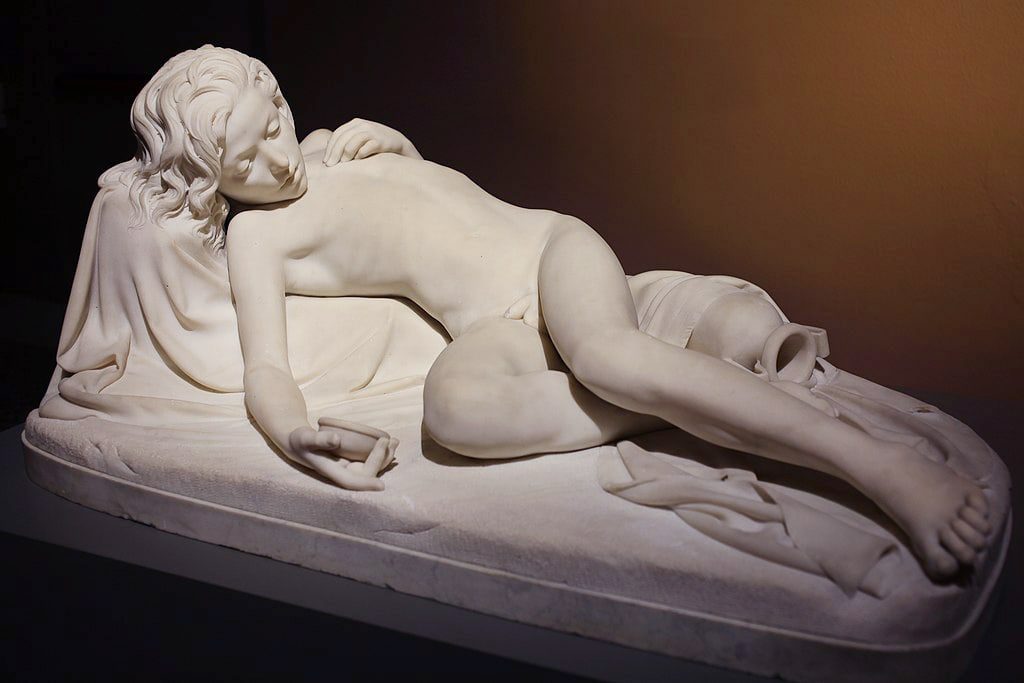Throughout galleries around the world are sculptures made of marble – a favored medium by sculptors.
Marble is a unique material where while hard, still offers translucency and softness not found in other stones. For this reason for over millennia, sculptors have used the embolic rock for pieces that required a delicacy in showcasing anatomical subtleties, soft drapery and intricate detail.
The Veiled Virgin, a 19th- century work by Italian sculptor Giovanni Strazza is an outstanding example of how this subtle stone truly transforms.
Historians believe Strazza, a sculptor from Milan crafted this piece in Rome during the 1850’s – and while little more is known about The Veiled Virgin the piece is an exemplary illustration of what happens when marble is really tested.
The emblem of Italy – a work truly wondrously engaging the sculpture is a true test of devotion.


Strazza created other works during his sojourn in Rome,- L’audace Righetto (1851) is another example of his expertise with stone.
The depiction of a young boy and his dog – moments before their demise in an attempt to stop a bomb in defense of the Republica Roma. Such political sculptures are littered through Rome during the Unification Risorgimento.
Other examples of Strazza’s finesse with marble includes Ishmael Abandoned in the Desert. While the Veiled Virgin remains Strazza’s most influential piece he was much more than that – returning to Milan to take up the Sculptor Chair at the Academi de Brera where he studied previously passing it on upon his death in late 1860.
The Veiled Virgin is still on display at the Presentation Convent, where it still fascinates spectators the world over.